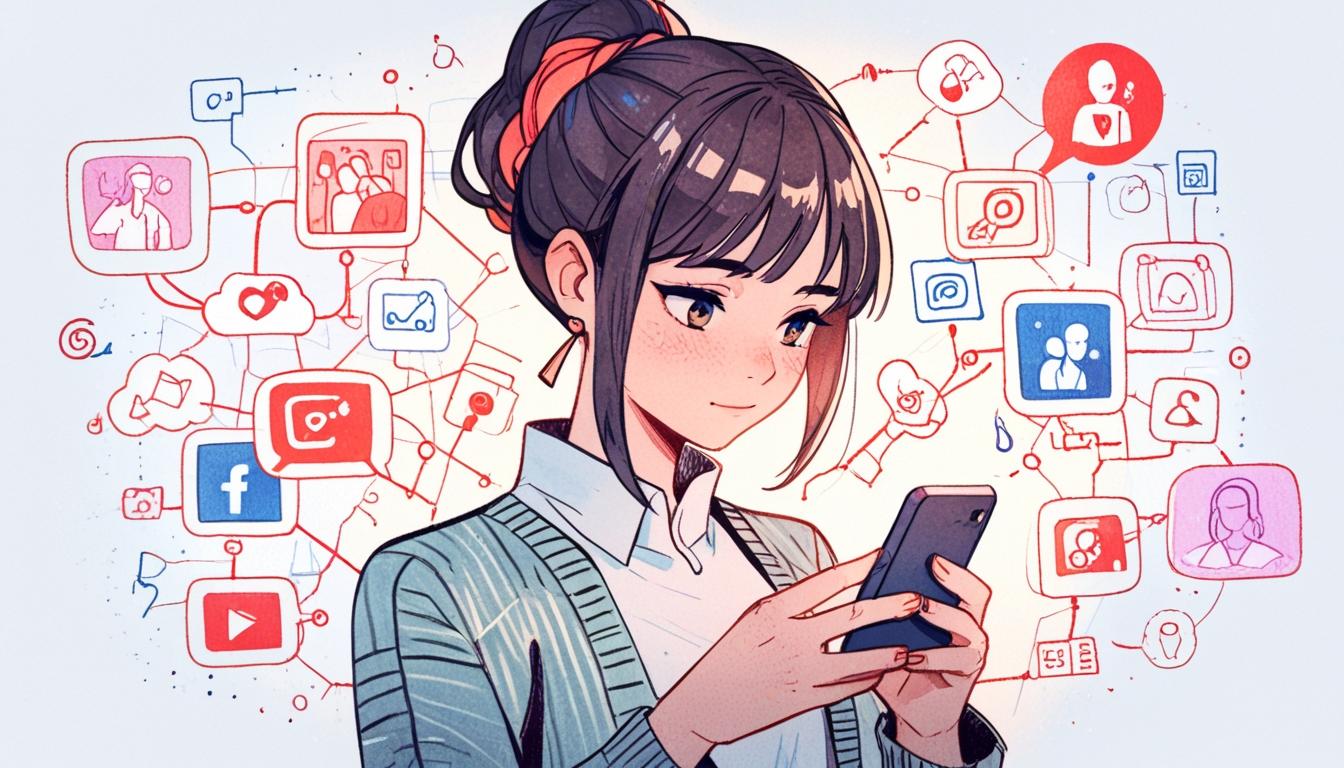The Evolution of Influencer Marketing: Adapting to an AI-Driven Future
Unilever's recent commitment to allocate half of its marketing budget to influencer partnerships marks a significant shift in the industry, signalling an intention to collaborate with a much larger pool of influencers than ever before. At first glance, this appears to be an ambitious strategy to harness the growing power of social media. However, as Ludovica Damonte of The Secret Little Agency points out, this approach risks reducing influencer engagement to mere transactions, undermining the authentic relationships that originally propelled this marketing channel.
Influencer marketing has thrived on trust, with audiences drawn to influencers not just for their polished images, but for their authentic perspectives. Yet, as brands like Gymshark and Drunk Elephant have successfully demonstrated the potential for influencers to drive immediate sales, a shift has occurred. The emphasis has moved from cultivating genuine relationships to maximising reach and generating conversions—a transformation that threatens the essence of influence itself.
With organic reach dwindling and content demands escalating, brands now seek quantity over quality. Influencers, in turn, adapt by morphing into content creators, cranking out a constant stream of sponsored posts. The result? A saturated landscape where genuine influence feels like a commodity. The rise of technology further complicates matters. AI-generated influencers are already producing convincing content at unprecedented speed, raising concerns about the future relevance of human creators. Statistics reveal that only 75% of influencers earned more than $500 in the past year, and a mere 2% made upwards of $50,000, suggesting that the economic landscape for creators is precarious.
This transformation in influencer marketing is not just a challenge for individual creators but a dilemma of epic proportions for brands. As trust erodes and influencer marketing increasingly resembles traditional advertising tactics, the driving force of this approach—authenticity—becomes vulnerable to replication by AI technologies.
In countering this trend, brands must reconsider how they approach influencer collaborations. The focus should shift from sheer numbers to meaningful engagement, which could be achieved through three key strategies:
-
Crafting Compelling Narratives: Authentic storytelling resonates more deeply than simple promotional content. For instance, the partnership between Klook and Marie Kondo illustrates how personal journeys can be leveraged to connect with consumers on a deeper level. Brands should seek stories that challenge norms and reflect the complexities of real life.
-
Identifying Unexpected Advocates: Not all influential voices emerge from celebrity circles. Innovative campaigns, like ON Running’s partnership with Elmo, demonstrate how cultural relevance can sometimes trump star power, encouraging brands to explore non-traditional ambassador relationships.
-
Timing Engagements Effectively: Brands must be attentive to the cultural zeitgeist, launching campaigns that resonate with current events or social movements, similar to how Skims has partnered with influencers during peak moments of public interest.
While Unilever's increased investment in influencer marketing could be seen as a positive indication of the channel's potential, it must be paired with a thoughtful strategy. The absence of intention turns influencer marketing into a numbers game where all parties ultimately lose. As authenticity, relevance, and cultural connection are gradually eroded, the industry risks making itself obsolete.
The road ahead for influencer marketing demands a return to fundamentals that AI cannot replicate: genuine storytelling, recognisable faces, and pertinent moments that resonate emotionally. It's time for brands to stop chasing mere reach; they must strive to delight and surprise consumers, ensuring that the future is defined by sharper, more intentional marketing efforts rather than a race towards scale.
In this evolving landscape, the most successful brands will remember that true influence is about forging lasting connections, not just securing advertising space.
Reference Map:
- Paragraph 1 – [1], [2]
- Paragraph 2 – [1], [4]
- Paragraph 3 – [1], [5]
- Paragraph 4 – [1], [6]
- Paragraph 5 – [1], [7]
Source: Noah Wire Services
